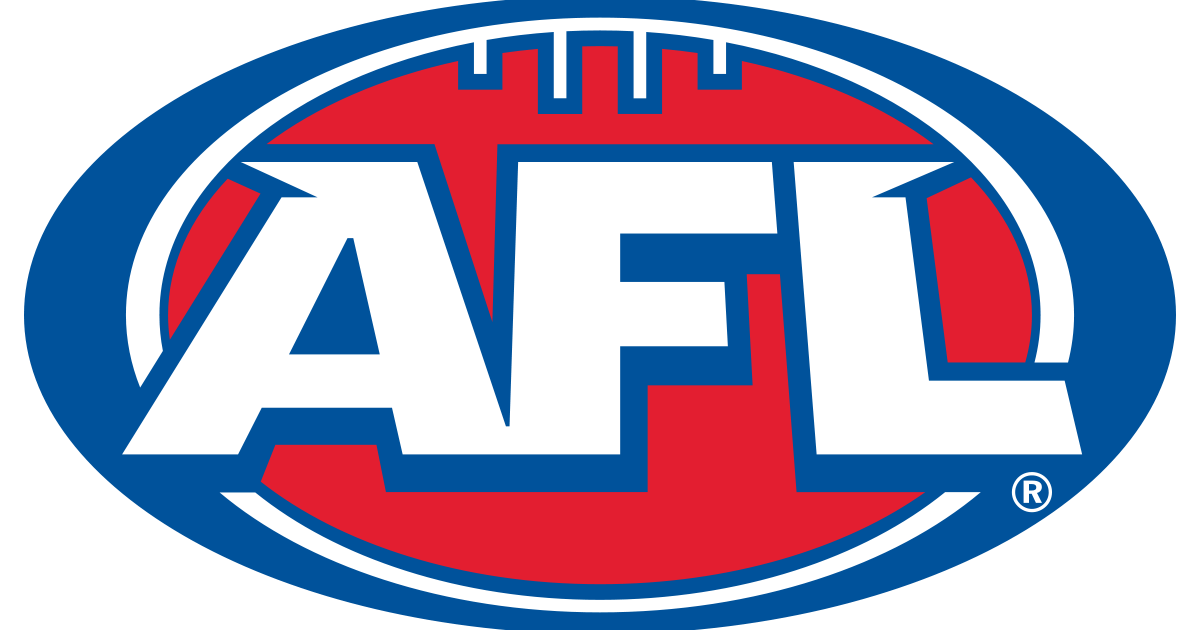I think it appearing that way is inevitable.
They're just not going to break down the X reasons they give clubs money, with full descriptions of what they are, and why some clubs get more or less, for every club, both because it'd be a pain in the arse for them, and because it'd add quite a few pages to the already long AFL report.
Failing that, it'll appear a bit 'slush fundish' and you'll complain about lack of transparency.
Dont think the AFL admin should be held responsible, I do.
I'd like to see the TV rights holders having a round table with both Gil & Richard Goyder about this time of year.





